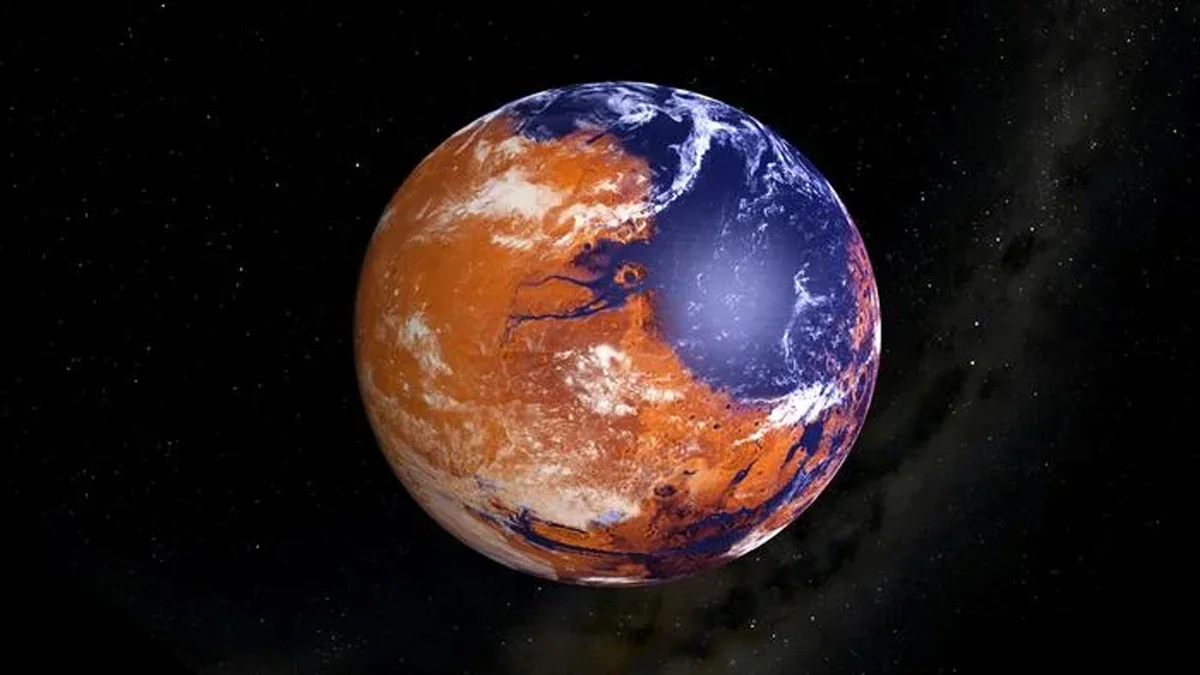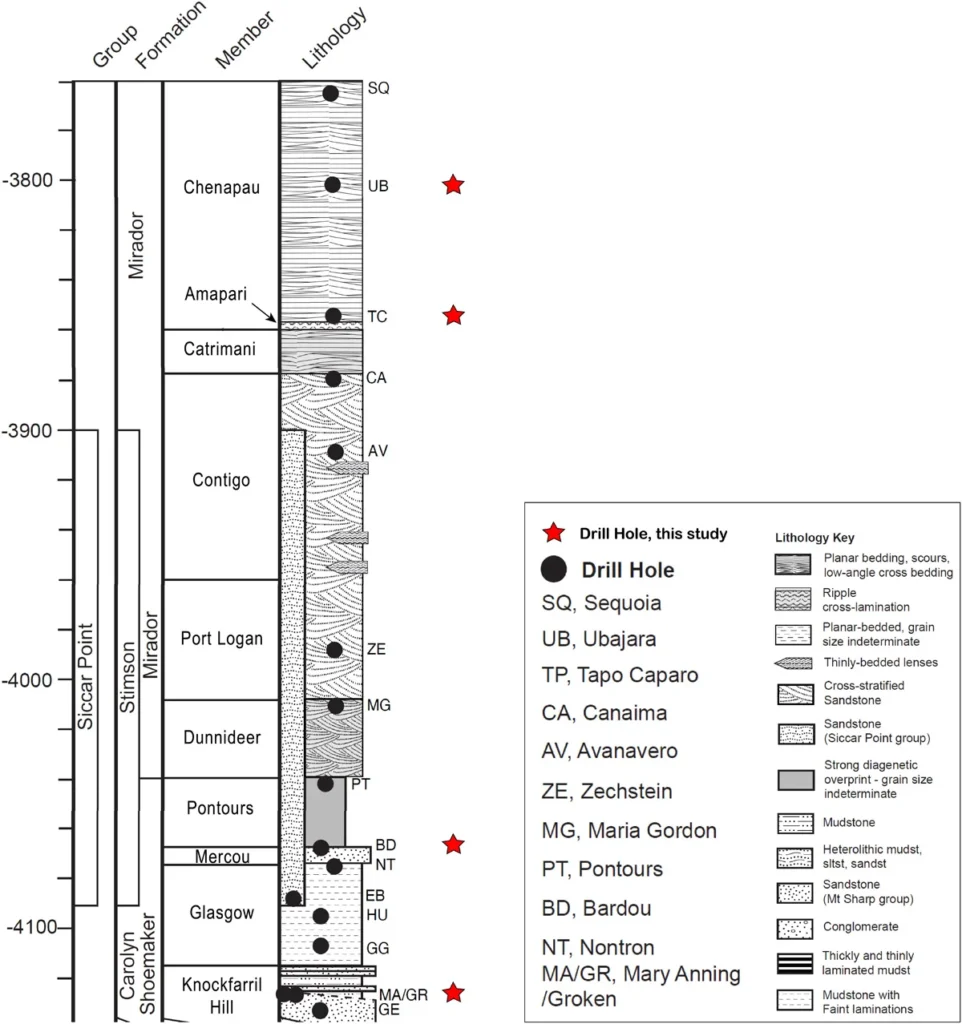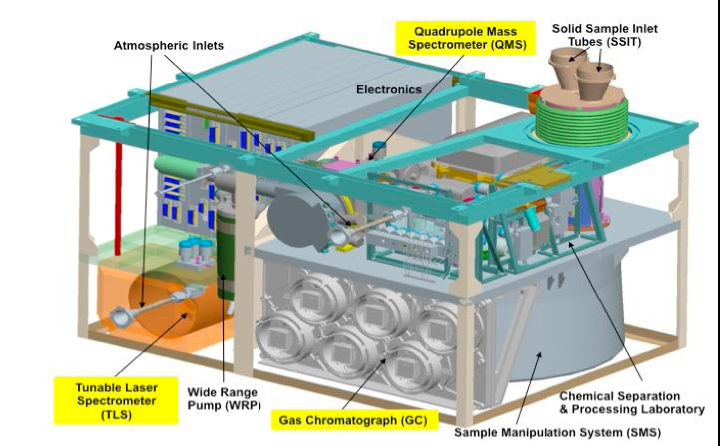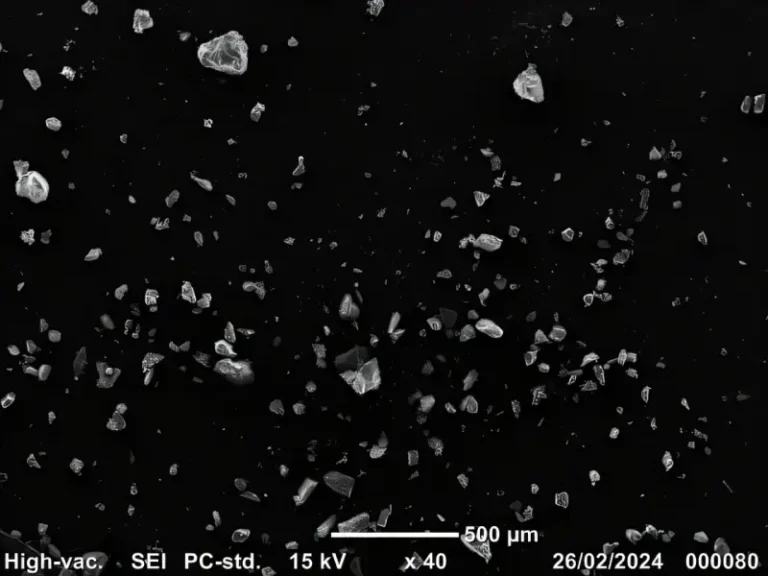New insights into how Mars became uninhabitable

NASA’s Curiosity rover, currently operating in the Gale crater on Mars, is revealing new aspects of the planet’s climatic transition, which has gone from conditions possibly conducive to life – with evidence of liquid water widespread on its surface – to an inhospitable environment incompatible with terrestrial life forms.
Although the Martian surface is currently cold and unsuitable for life, NASA’s robotic missions have been searching for evidence that the planet may have supported life in the distant past. Using the instruments on board Curiosity, researchers have analyzed the isotopic composition of carbon-rich minerals (carbonates) present in the Gale crater, offering new insights into the climatic changes that shaped the Red Planet’s ancient environment.
“The isotope values of these carbonates point toward extreme amounts of evaporation, suggesting that these carbonates likely formed in a climate that could only support transient liquid water,” said David Burtt of NASA’s Goddard Space Flight Center in Greenbelt, Maryland, and lead author of a paper describing this research published October 7 in the Proceedings of the National Academy of Sciences. “Our samples are not consistent with an ancient environment with life (biosphere) on the surface of Mars, although this does not rule out the possibility of an underground biosphere or a surface biosphere that began and ended before these carbonates formed.”
Isotopes are variants of a chemical element that have different atomic masses. During the process of water evaporation, the lighter isotopes of carbon and oxygen tend to escape more easily into the atmosphere, while the heavier isotopes remain and accumulate in greater concentrations, eventually being incorporated into carbonate rock formations. These minerals are of great scientific interest due to their ability to act as climate records. Carbonates can preserve information about the environments in which they were formed, such as temperature, acidity, and the chemical composition of water and the atmosphere.
The study suggests two possible mechanisms for the formation of the carbonates found in the Gale crater. In the first scenario, the carbonates would have formed through repeated cycles of humidity and drought within the crater. In the second, the formation occurred in conditions of highly saline and cold water, under cryogenic processes, indicating the presence of ice at the time of their formation.

“These formation mechanisms represent two different climate regimes that may present different habitability scenarios,” said Jennifer Stern of NASA Goddard, a co-author of the paper. “Wet-dry cycling would indicate alternation between more-habitable and less-habitable environments, while cryogenic temperatures in the mid-latitudes of Mars would indicate a less-habitable environment where most water is locked up in ice and not available for chemistry or biology, and what is there is extremely salty and unpleasant for life.”
These climate scenarios for ancient Mars had already been proposed based on various pieces of evidence, such as the presence of certain minerals, climate modeling on a global scale and the identification of specific rock formations. However, the present study is the first to provide direct isotopic evidence from rock samples, corroborating these climate scenarios.
The heavy isotope values found in Martian carbonates are significantly higher than those observed in terrestrial carbonate minerals, representing the highest carbon and oxygen isotope values ever recorded in materials from Mars. According to the team of researchers, both climatic scenarios – cycles of humidity and drought, and conditions of cold and salinity – are needed to explain the formation of carbonates so enriched in heavy carbon and oxygen isotopes.
“The fact that these carbon and oxygen isotope values are higher than anything else measured on Earth or Mars points towards a process (or processes) being taken to an extreme,” said Burtt. “While evaporation can cause significant oxygen isotope changes on Earth, the changes measured in this study were two to three times larger. This means two things: 1) there was an extreme degree of evaporation driving these isotope values to be so heavy, and 2) these heavier values were preserved so any processes that would create lighter isotope values must have been significantly smaller in magnitude.”
This discovery was made using the Sample Analysis at Mars (SAM) and Tunable Laser Spectrometer (TLS) instruments, both installed on the Curiosity rover. The SAM instrument heats rock samples to temperatures close to 900°C (approximately 1,652°F), releasing gases contained in the minerals. Subsequently, the TLS is used to analyze the gases released during heating, allowing a detailed characterization of their isotopic composition and providing crucial information about the environmental conditions of the Martian past.
Schematic of Sample Analysis at Mars (SAM) Instrument

The research was published in the journal Proceedings of the National Academy of Sciences.






